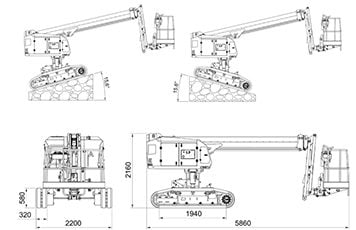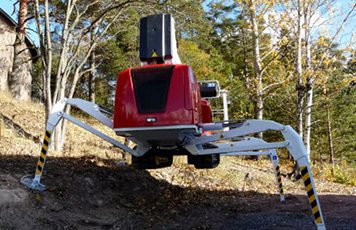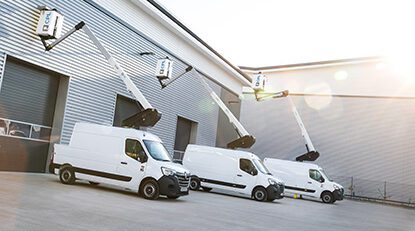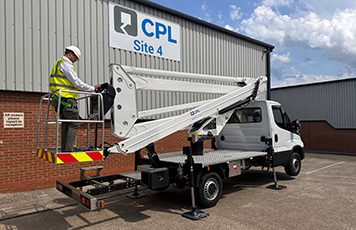Choosing the Right Height Access Platform: A Guide for New and Growing Businesses
Starting an Elevated Work Platform (EWP) business or expanding your fleet? One of your most crucial decisions will be selecting the right access equipment. The platform height you choose not only determines the jobs you can tackle but also affects safety, productivity, and your return on investment.

At CPL, we partner with start-ups, independent operators, and large-scale fleet managers to ensure they choose equipment that meets their current needs and supports future growth. Here are our top tips for selecting the right height access platform.
Understand Your Industry and Job Requirements
First, consider the types of work you’ll be doing most frequently:
- Telecom and Utilities: Usually require medium to high reach platforms (13m–20m).
- Facilities Maintenance and Signage: Typically need platforms that reach 9m–13m.
- Tree Care and Infrastructure Jobs: Often require higher access (20m+) with robust outreach, Or the 4×4 CPL Pick up.
- Construction Sites: Benefit from access platforms mounted on pick ups or chassis cabs for off-road use.
Tip: Create a list of your most common jobs and their average height requirements. This will guide you in choosing a model that meets your workload without overspending.
Consider Your Operating Environment
Access height isn’t the only factor—site access and terrain are equally important.
- Urban Areas: A compact van-mounted platform might be best.
- Off-Road or Rough Terrain: Look at a pick up-mounted access platform, like the CPL Pick up on an Isuzu D-Max, which offers a 13.1m working height with 6.2m outreach.
- Indoors or Low-Emission Zones: A battery-powered access platform could be more suitable.
Also, check local regulations regarding height restrictions, bridge limits, and vehicle access, especially in city centers or residential neighborhoods.
Differentiate Between Working Height and Platform Height
Working height is generally 1.5–2m higher than the platform height, which accounts for the operator’s reach. For example:
- An 11m platform height means a working height of approximately 13m.
- A 20m platform height gives you about 22m working height.
Ensure you’re comparing the same types when getting quotes.
Match Payload and Outreach to Your Needs
Finding the right height is great, but if your basket can’t support the required load or the boom can’t reach where you need it, the job could be impossible. Pay attention to:
- Basket Capacity: Important if you’ll be using tools or have a second person.
- Outreach: Essential for tasks involving overhanging branches, signs, or cables.
- Stabilization and Leg Spread: Particularly crucial on uneven surfaces.
Platforms like the CPL range offer various configurations and optional extras (e.g., walk-in baskets, winches, or tool storage) to customise the machine to your workflow.
Invest for the Future
When starting, it can be tempting to opt for the cheapest or smallest unit. However, if you plan to scale your business, select a platform that offers flexibility. For instance:
- A 13m pick up-mounted platform can handle a range of jobs, including domestic, council, and utility work.
- Chassis-mounted booms can extend to greater heights and are suited for more complex contracts.
Choosing a more versatile machine could not only open up better-paying jobs but also reduce the need for rapid upgrades.
Bonus: Consult the Experts
Choosing the right access platform is a long-term investment. At CPL, we offer:
- Tailored advice based on your work type, business goals and right access platform height.
- On-site demos and specification guidance.
- Flexible financing options through partners like PMD Finance and Creative Funding Solutions.
- Ongoing support and servicing to help you comply with LOLER regulations.











